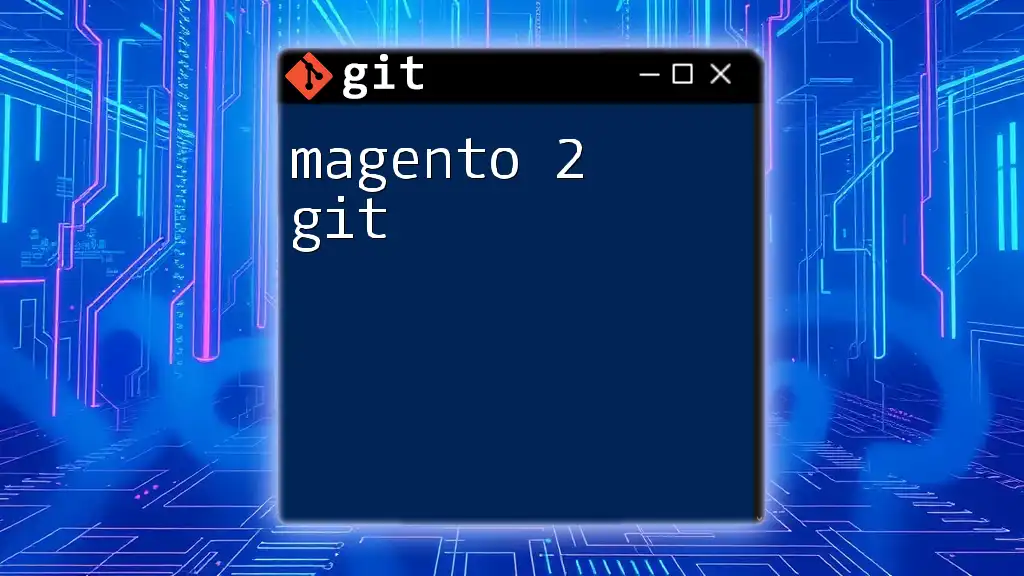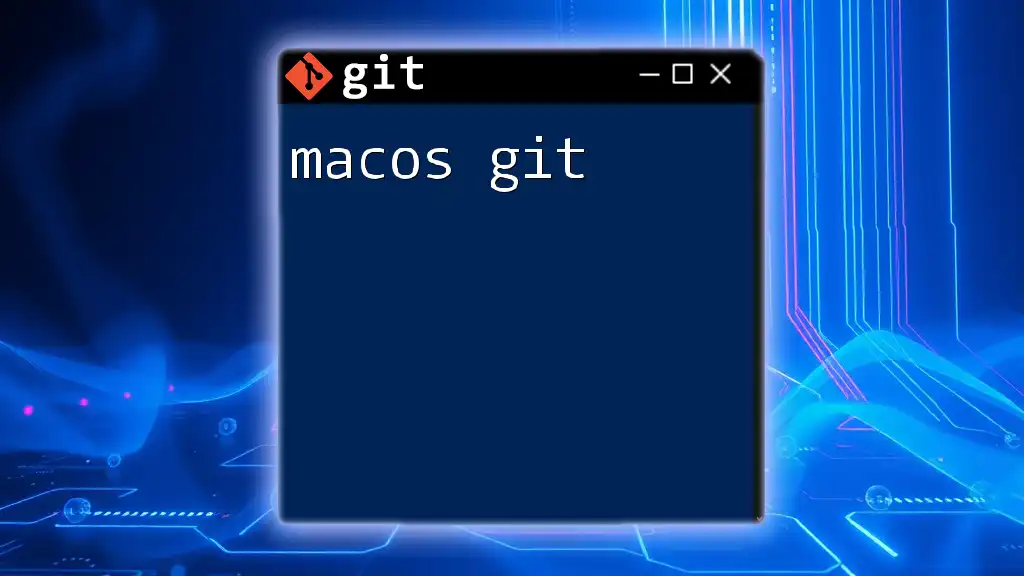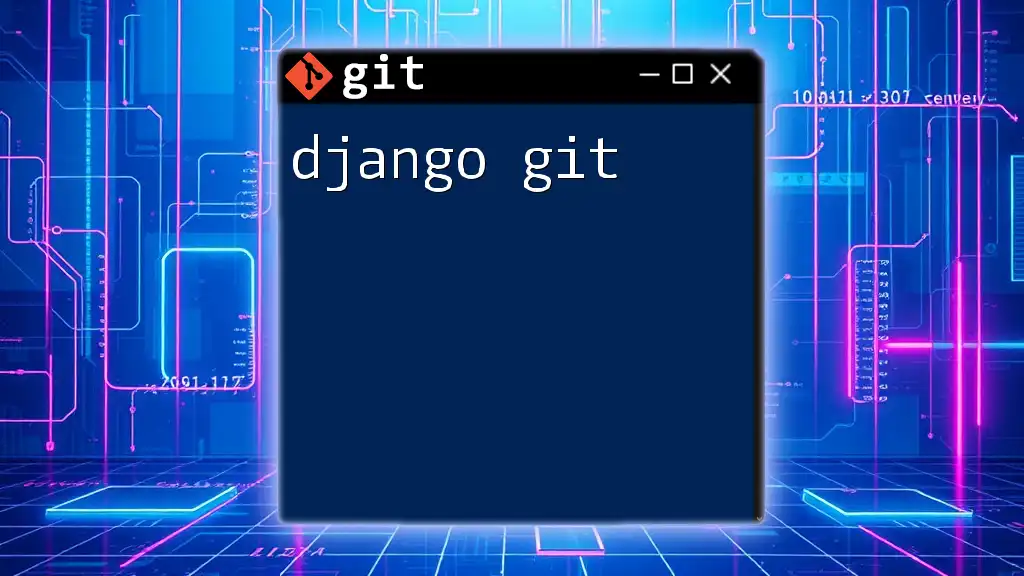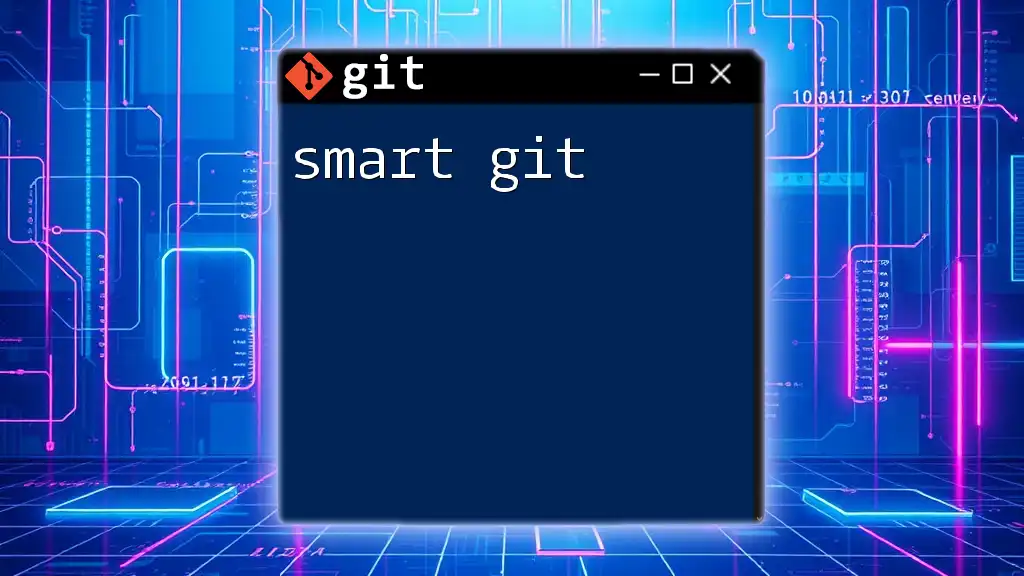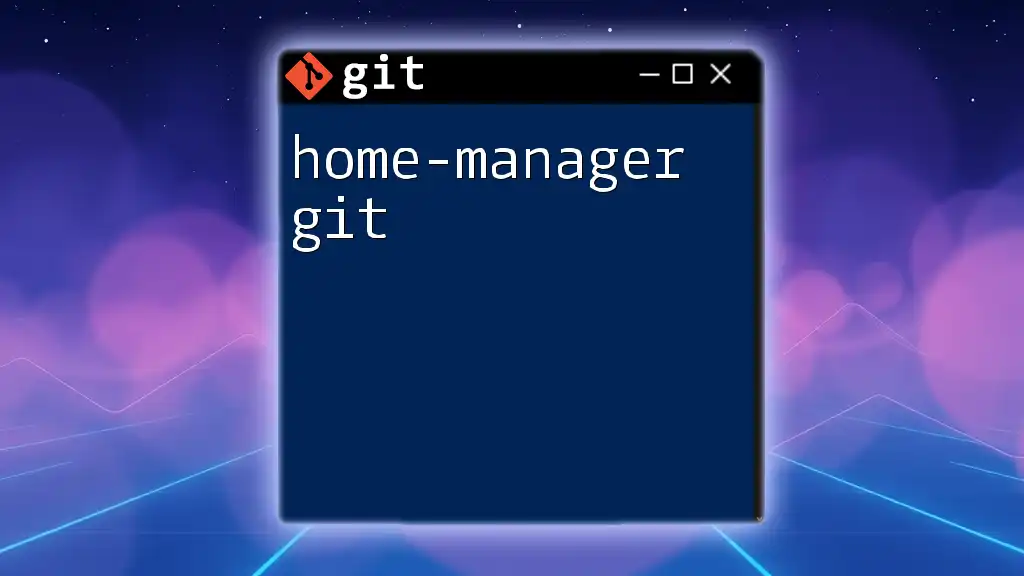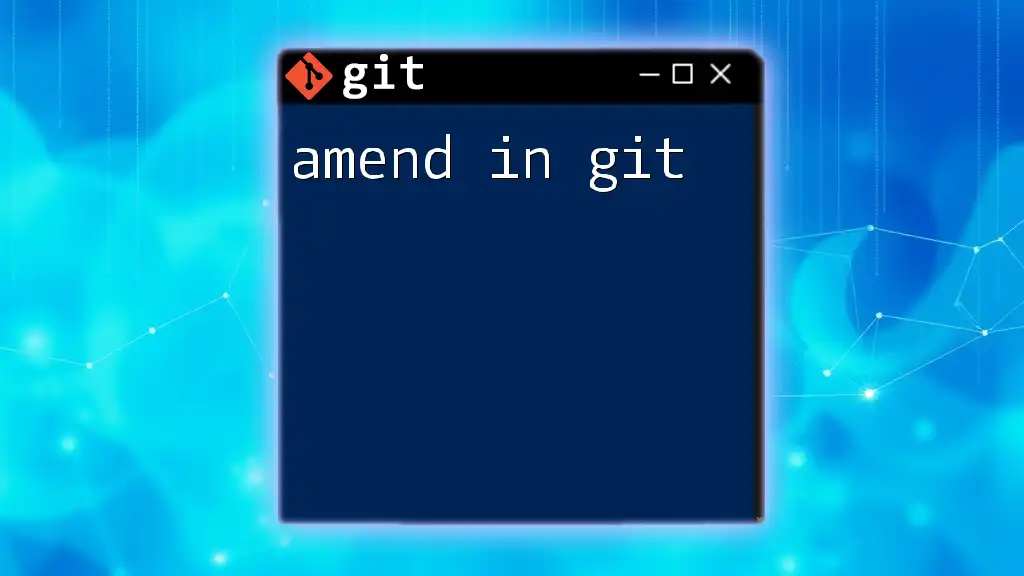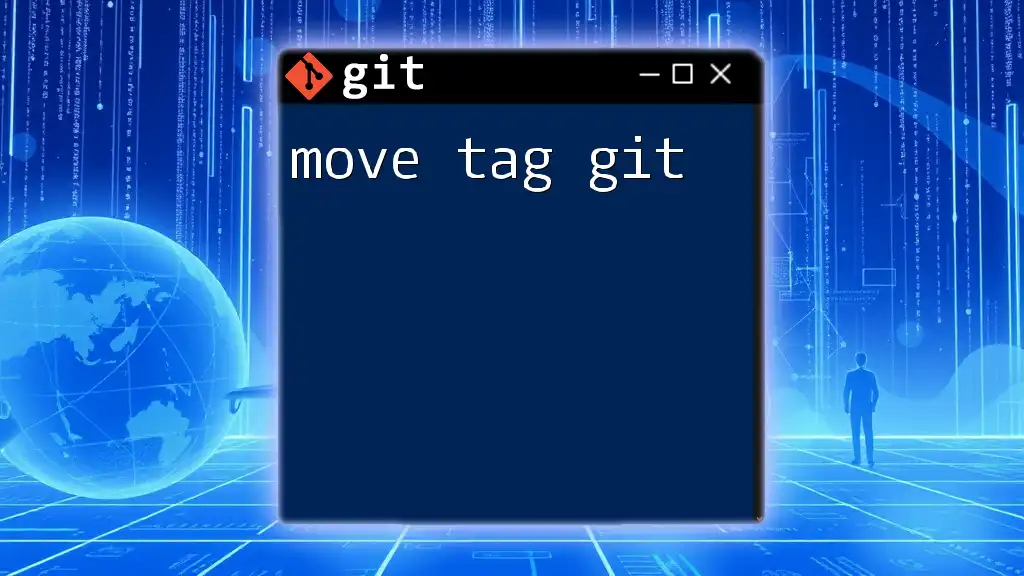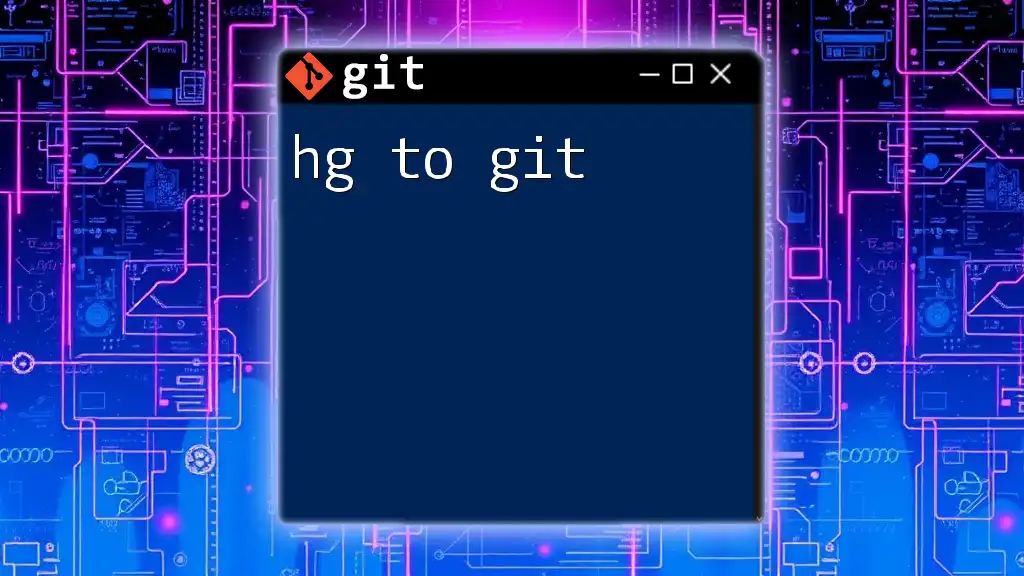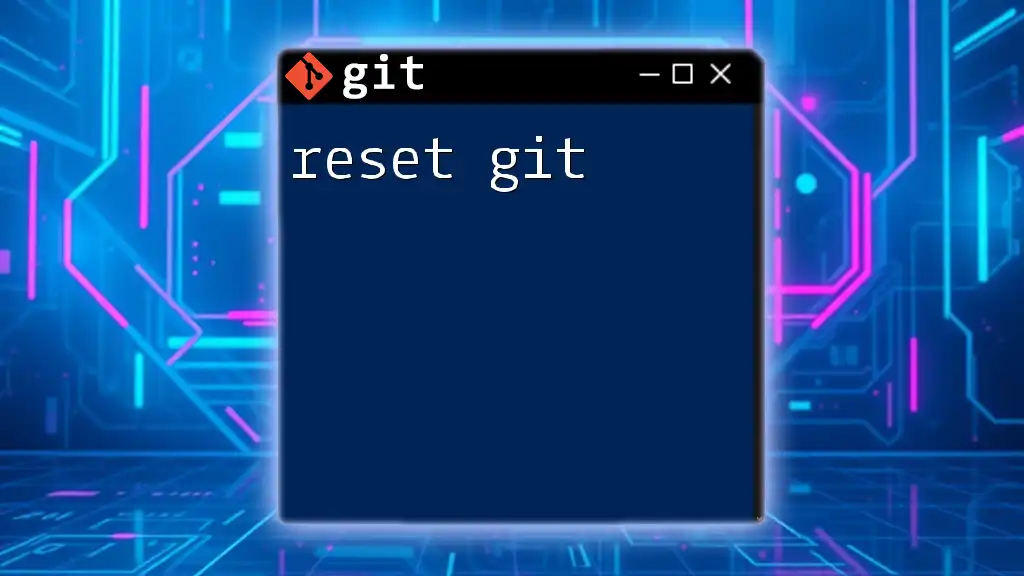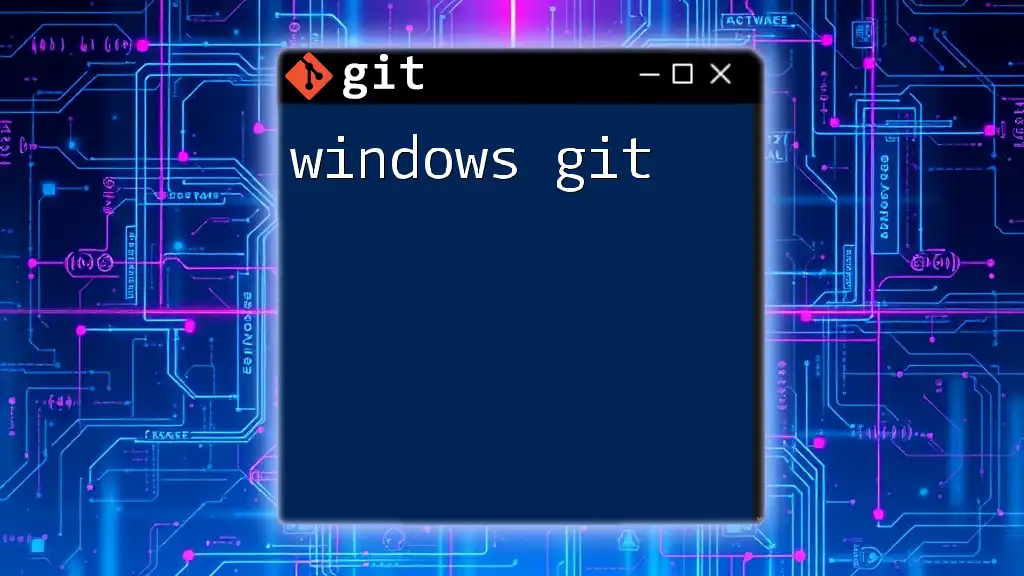Magento 2 uses Git for version control, enabling developers to efficiently track changes and collaborate on projects with commands like the one below for initializing a new repository.
git init my-magento2-project
Understanding Git Basics
What is Git?
Git is a powerful version control system that allows developers to track changes in their codebase over time. Unlike traditional version control systems, Git is distributed, meaning every developer has a complete copy of the repository, along with its history. This makes it easier to collaborate on projects, revert to previous versions, and manage changes effectively.
Key Concepts to Know
-
Repository: A Git repository contains all the files and the history of changes made to those files. In the context of Magento 2, your project directory serves as a Git repository when initialized.
-
Branching: Branching is a core concept in Git that allows you to work on features or bug fixes in isolation from the main codebase. In a Magento 2 environment, you can create branches to implement new functionalities without affecting the live site.
-
Commit: A commit represents a snapshot of your project at a specific point in time. It includes files that you've staged and a message that describes the changes made. Commit messages should be clear and concise to convey the purpose of the update.
-
Merging: Once you complete work on a branch, you can merge it back into the main branch. This process integrates changes from different branches, enabling collaborative development.
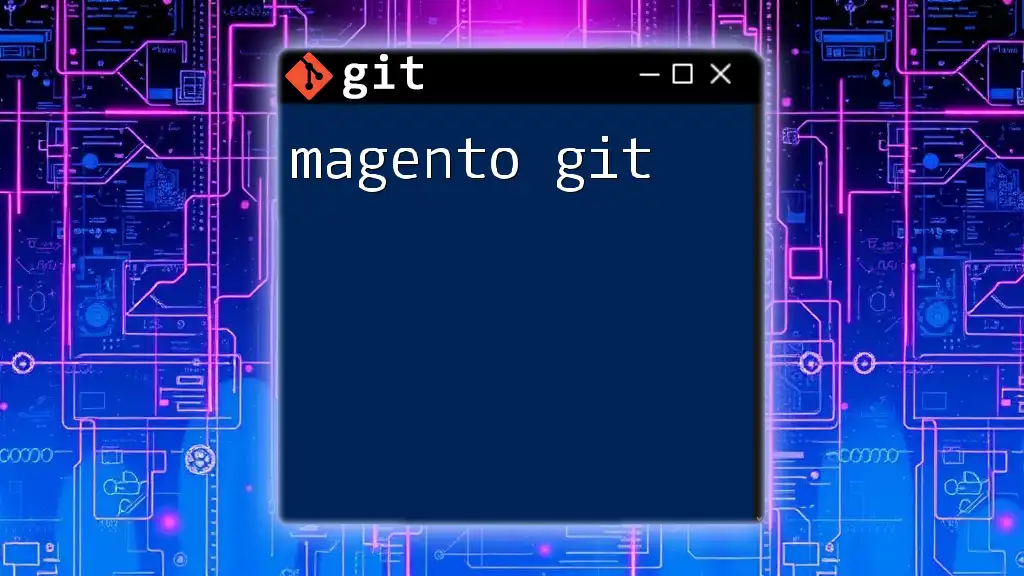
Setting Up Your Magento 2 Environment
Initial Project Setup
To begin your Magento 2 development, you need to create a new project. The easiest way to set up a Magento 2 project is using Composer. The command below illustrates how to create a new project:
composer create-project --repository=https://repo.magento.com/ magento/project-community-edition <your-project-name>
This command fetches the latest version of Magento 2 from the repository and sets it up in a folder named `<your-project-name>`.
Configuring Git
Once your Magento 2 project is up and running, it's essential to initialize a Git repository:
cd <your-project-name>
git init
This command creates a new Git repository in your Magento 2 project directory, allowing you to start tracking changes from day one.
Creating .gitignore File for Magento 2
A `.gitignore` file tells Git which files or directories to ignore. It's crucial to keep unnecessary files out of your repository, especially in a Magento 2 environment, where certain files can be auto-generated or contain sensitive information.
Here's an example of what to include in your `.gitignore` file:
/var/*
/pub/media/*
/pub/static/*
/.env
vendor/
By including these entries, you prevent the following from cluttering your repository:
- /var/: This directory contains cache and logs that are not necessary for version control.
- /pub/media/ and /pub/static/: These are generated files that should not be committed.
- /.env: This file often holds sensitive configuration variables.
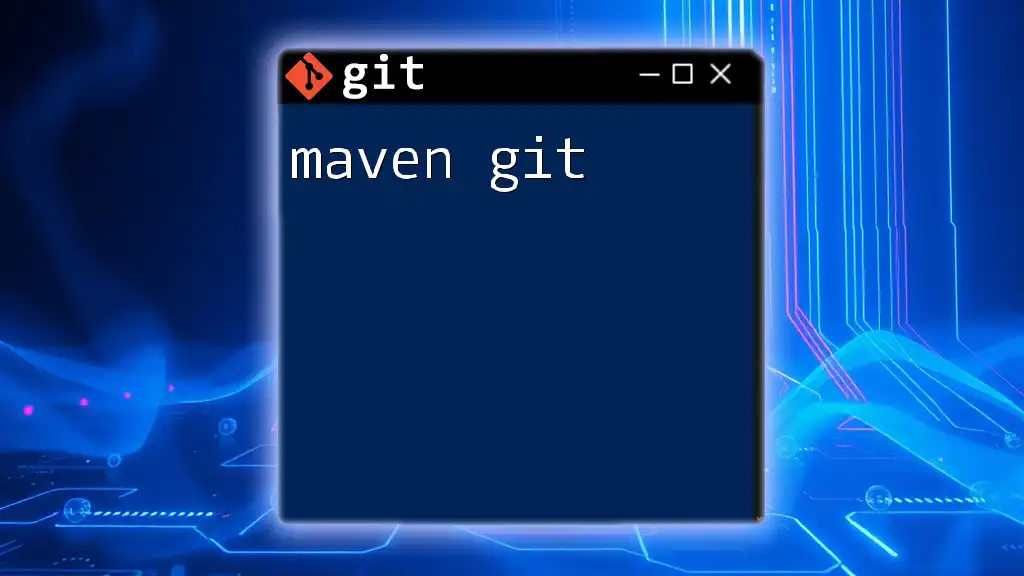
Using Git with Magento 2
Basic Git Commands for Magento 2 Development
Understanding basic Git commands is pivotal for managing your Magento 2 project effectively.
-
Checking Status: To see the current state of your working directory and staging area, use the `git status` command. This command provides valuable information on which files are staged, modified, or untracked.
-
Staging Changes: Use the following command to stage all changes for the next commit:
git add .
Alternatively, if you want to stage specific files, replace `.` with the filenames.
- Committing Changes: After staging your changes, it's time to commit them:
git commit -m "Your commit message"
A good commit message should summarize the changes made, indicating the purpose clearly.
Branching in Magento 2
Branching allows you to develop new features or fix bugs without impacting the stable version of your application.
- Creating a New Branch: You can create a feature branch using:
git checkout -b feature/new-feature
Consider using descriptive names that convey the work being done, such as `feature/payment-integration`.
- Switching Between Branches: To switch to another branch, the command is:
git checkout branch-name
- Merging Branches: Once you finish working on your feature, merge it back into your main branch using:
git checkout main
git merge feature/new-feature
This integrates the changes, enhancing your main codebase with new functionality.
Collaborating with Others
Collaboration is vital in team environments, and Git provides the tools necessary for fruitful teamwork.
- Cloning a Repository: If you want to collaborate on an existing project, you can clone it using:
git clone <repository-url>
This command creates a copy of the project, including its history, on your local machine.
- Pushing Changes to Remote: When you’ve completed your work and are ready to contribute to the remote repository, use:
git push origin branch-name
Your changes are now available to your team.
- Pulling the Latest Changes: Regularly update your local copy with the latest changes from the remote repository:
git pull
This command fetches and merges changes, ensuring your local codebase is up-to-date.
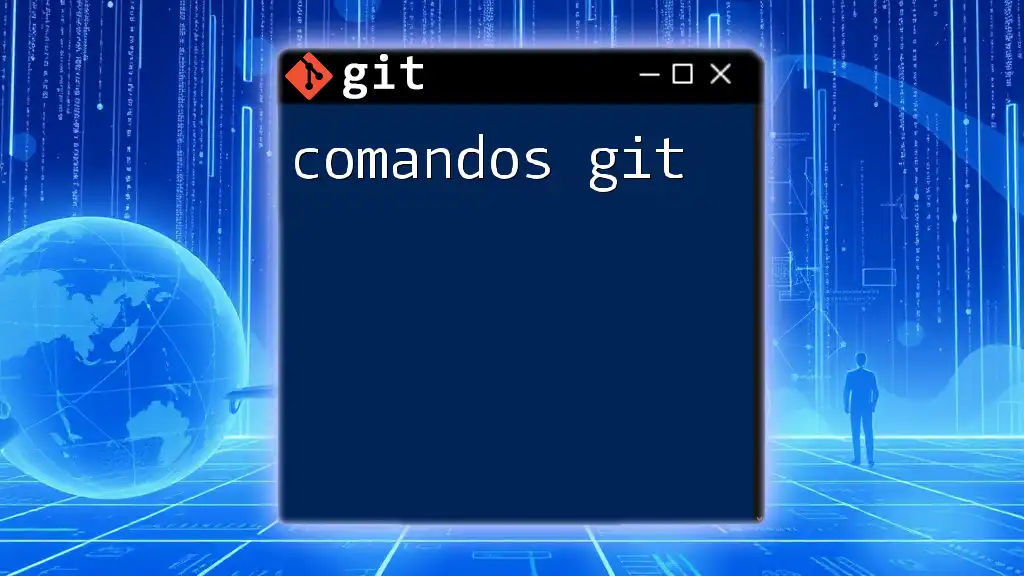
Best Practices for Git in Magento 2 Development
Adhering to best practices ensures your use of Git remains efficient and effective in your Magento 2 projects.
-
Commit Often, Commit Early: Frequent commits allow you to save your progress, making it easier to pinpoint changes and revert if necessary.
-
Use Descriptive Commit Messages: Structure your commit messages clearly. A concise yet informative message helps team members (and you) understand the purpose of the changes. For instance:
Add functionality to calculate tax based on customer location
-
Avoid Committing Sensitive Configuration Files: Ensure that files containing sensitive information (like database credentials) are included in your `.gitignore` to prevent unintended exposure.
-
Keep Branches Short-Lived: Work on features or bugs in a timely manner and merge them back into the main branch. This keeps branches relevant and avoids complex merges later.
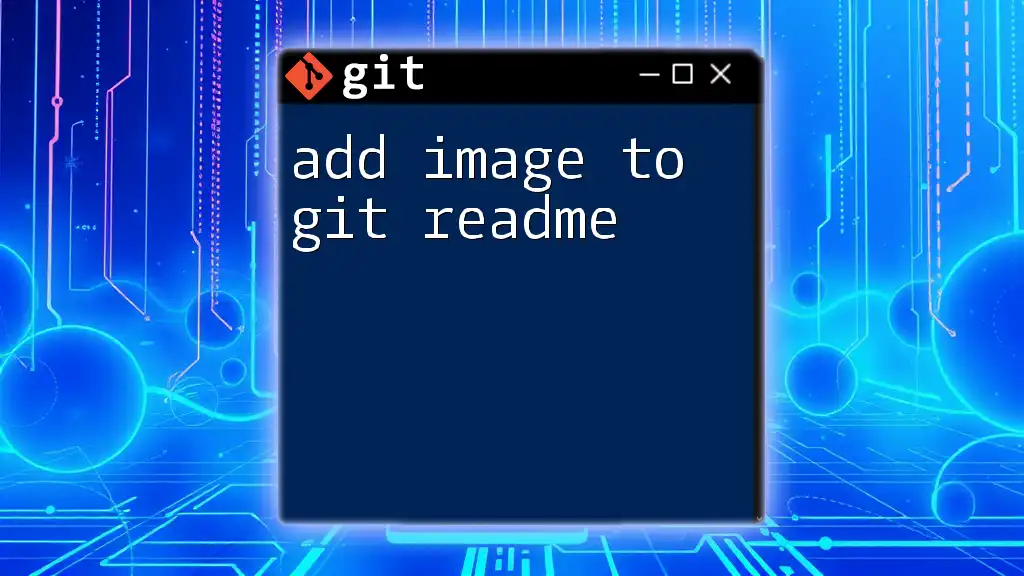
Troubleshooting Common Git Issues in Magento 2
Even with best practices, issues can arise. Here’s how to handle some common problems:
- Handling Merge Conflicts: A merge conflict occurs when Git cannot automatically resolve differences in the same lines of code between branches. To resolve conflicts, first, identify them using:
git status
Then, use a merge tool to resolve the conflict, for example:
git mergetool
This will help you manually resolve the differences.
- Recovering from Mistakes: Mistakes happen, but Git enables you to revert changes. If you want to discard changes in a specific file, use:
git checkout -- <file-name>
This command restores the last committed version of the file, allowing you to revert unwanted changes swiftly.
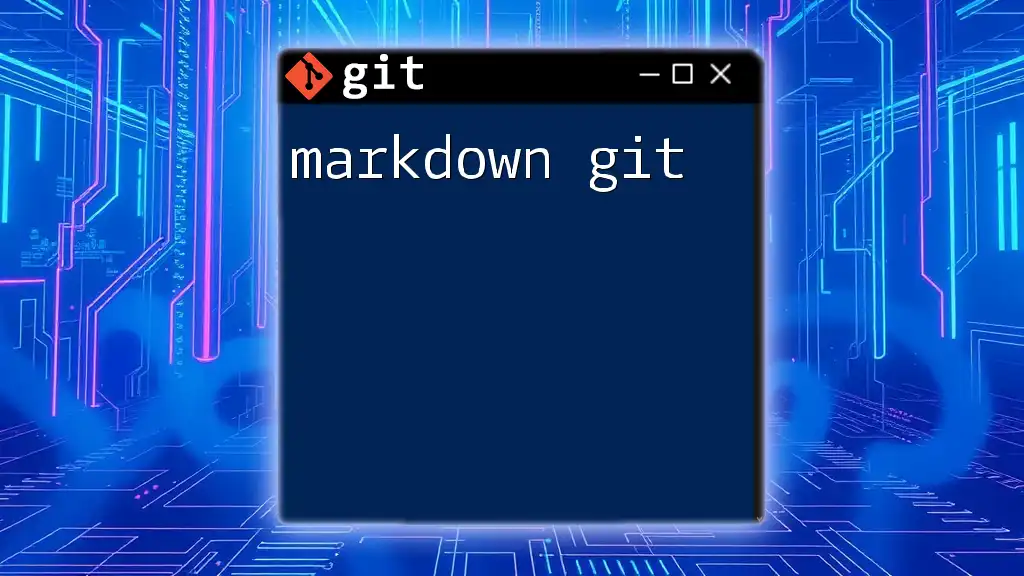
Conclusion
Using Magento 2 Git effectively enables developers to collaborate seamlessly, maintain version control with confidence, and manage their projects with precision. Through understanding Git's foundational concepts, setting up the right environment, and adhering to best practices, your Magento 2 development experience will be smoother and more productive. Implement these guidelines to ensure a solid version control process, facilitating a robust development workflow while avoiding common pitfalls. The world of version control is at your fingertips—embrace it!

Additional Resources
For those seeking deeper insights, consider exploring the official Git documentation as well as Magento 2's official guidelines. Engaging with community repositories on GitHub or GitLab can also provide you with valuable resources and examples tailored to Magento 2 projects.

